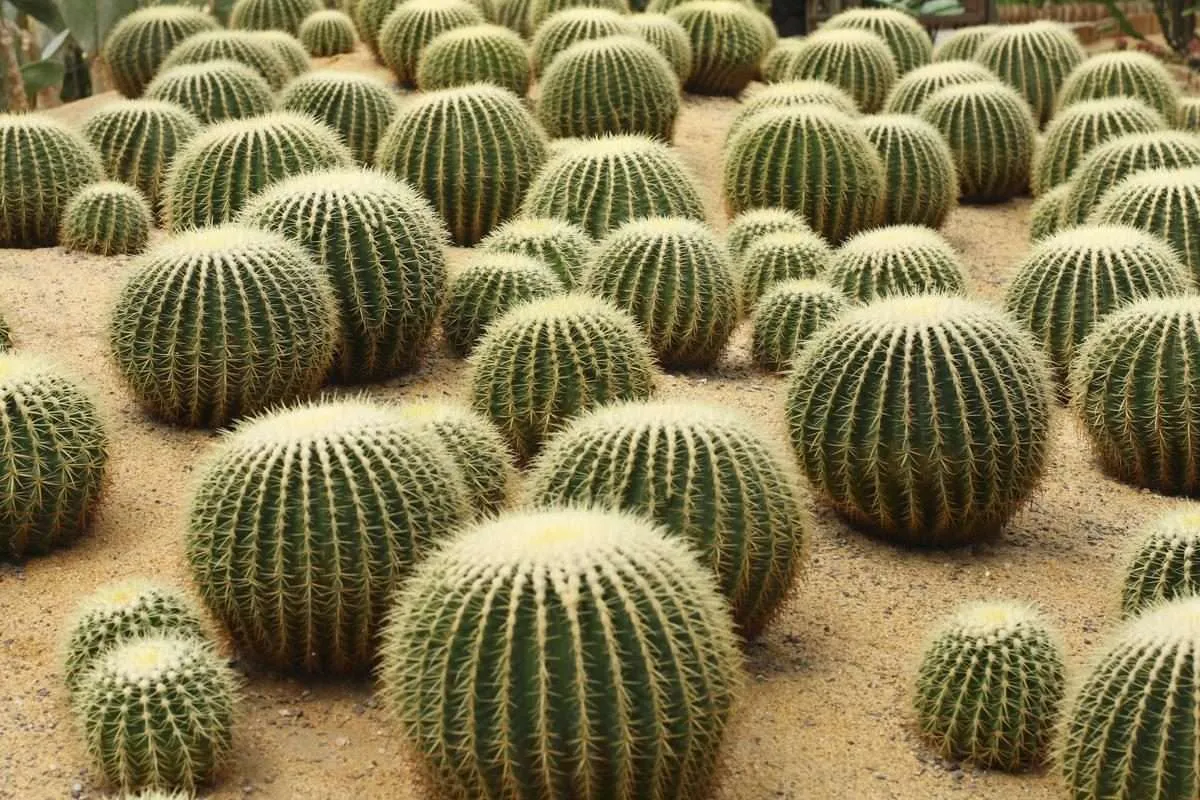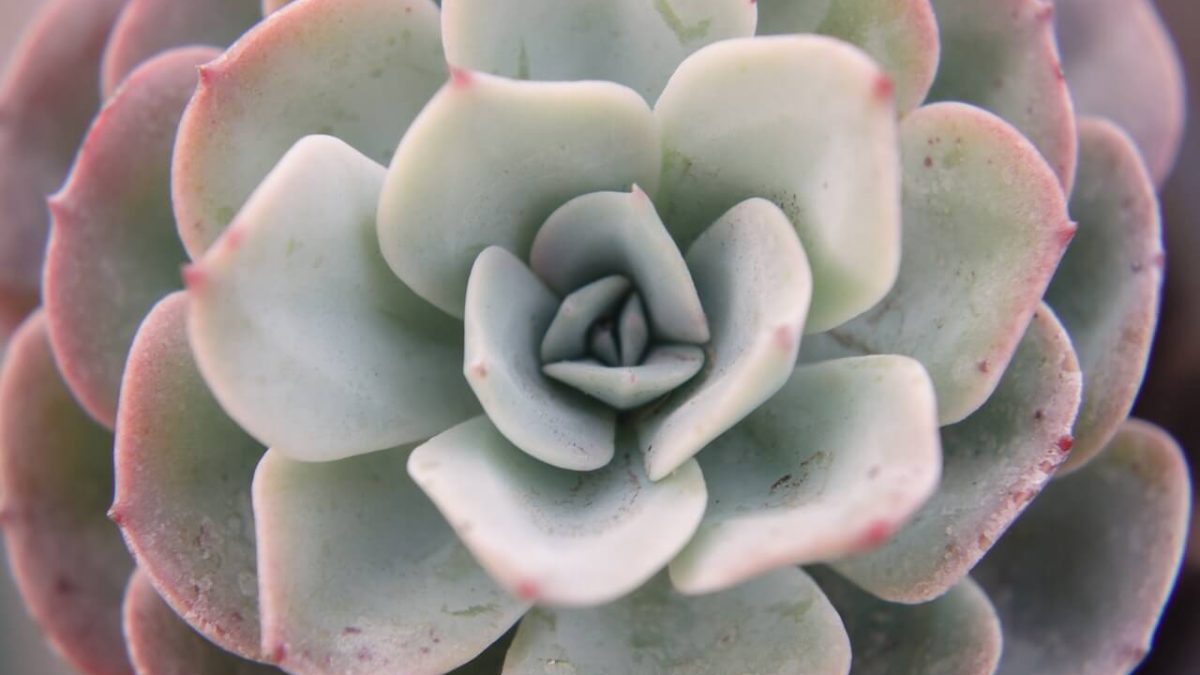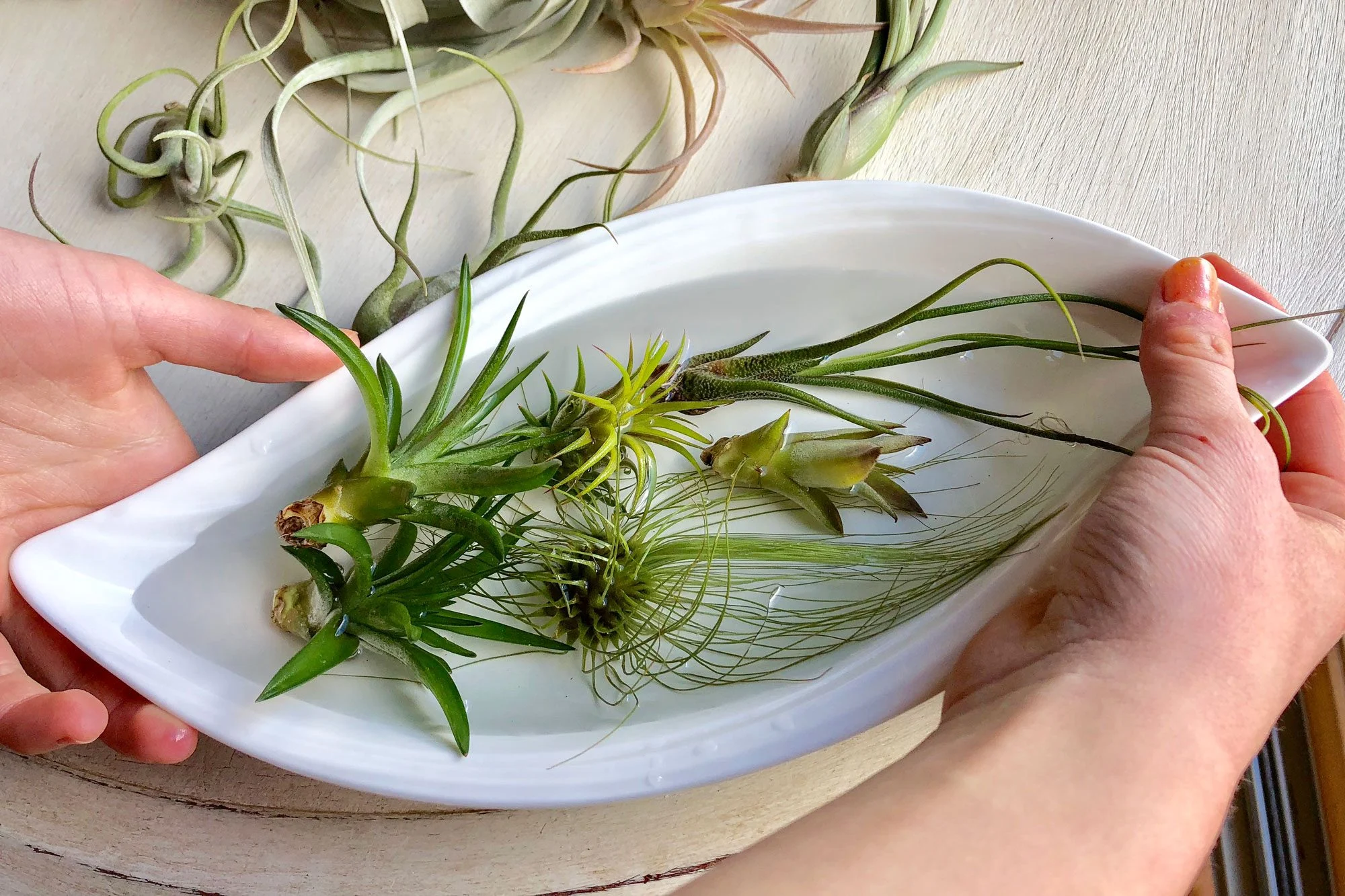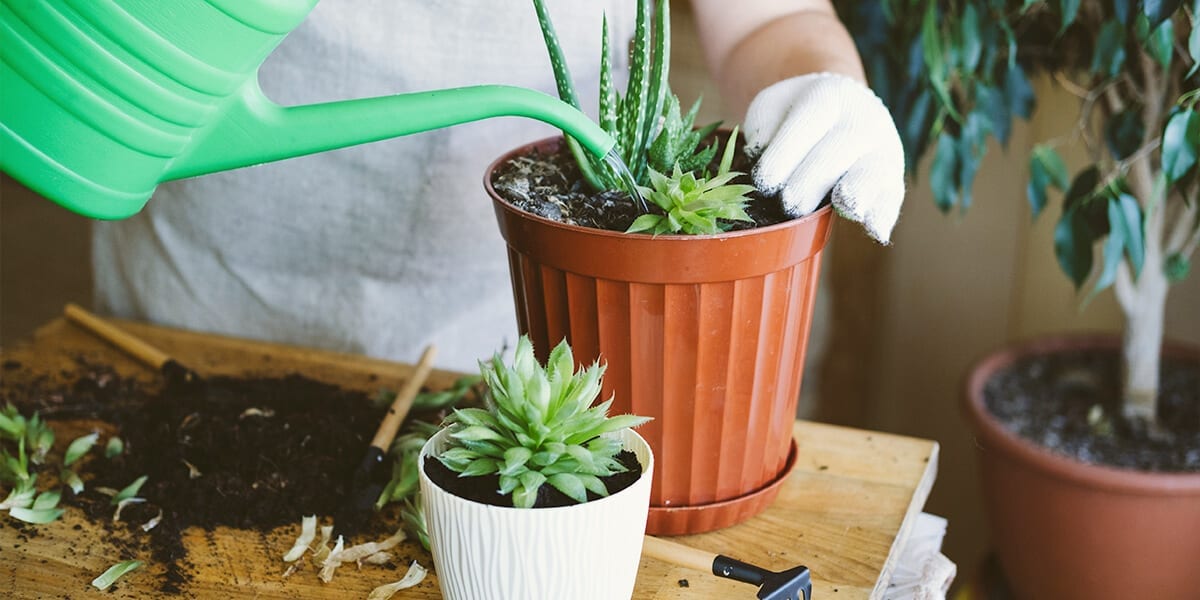Cacti are fascinating plants that have adapted to survive in some of the harshest environments on Earth. With their distinctive shapes, spines, and ability to store water, cacti have captivated plant enthusiasts for centuries.
A Brief Overview of Cacti
Cacti belong to the plant family Cactaceae, which includes over 1,750 species. They are native to the Americas, ranging from the arid deserts of North America to the tropical rainforests of South America.
Key Characteristics of Cacti:
- Succulence: Cacti have fleshy stems and leaves that store water.
- Spines: These modified leaves protect cacti from herbivores and help reduce water loss.
- Areoles: Small, raised bumps on the cactus’s surface from which spines, flowers, and new growth emerge.
Popular Types of Cacti
- Saguaro Cactus: A towering giant native to the Sonoran Desert.
- Barrel Cactus: A spherical cactus with ribs and spines.
- Prickly Pear Cactus: A flat, paddle-shaped cactus with edible fruits.
- Christmas Cactus: A popular holiday plant with colorful blooms.
- Opuntia Microdasys: A bunny ear cactus with fuzzy, harmless spines.
Caring for Cacti
Cacti are relatively low-maintenance plants, but they do require specific care:
- Light: Cacti thrive in bright, direct sunlight.
- Water: Water your cacti sparingly, allowing the soil to dry out completely between waterings. Overwatering is a common cause of cactus death.
- Soil: Use a well-draining cactus potting mix.
- Temperature: Cacti prefer warm temperatures, but they can tolerate cooler temperatures during the winter months.
- Fertilizing: Fertilize your cacti once or twice a year with a balanced liquid fertilizer.
By understanding the unique characteristics and care requirements of cacti, you can cultivate these fascinating plants and add a touch of the desert to your home or garden.



